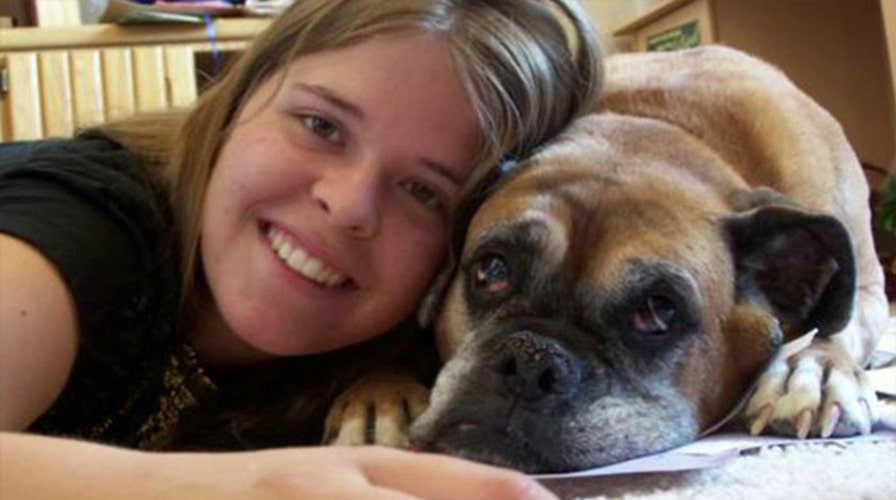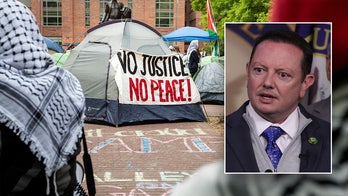New details about Kayla Mueller's captivity revealed
New details about American aid worker's capture by terror group emerge as grief-stricken family confirms her death. #KaylaMueller
The nightmare started in the summer of 2013, when Kayla Mueller and her boyfriend were forced off the road and kidnapped by the Islamic State.
While her boyfriend was eventually released, the 26-year-old aid worker spent the next several months shuttling between holding cells – a children’s hospital in Aleppo, an industrial area near the Turkish border, and the ISIS stronghold of Raqqa.
Despite attempts to rescue her, including a failed U.S. raid last year, the Arizona resident – who was beloved by her family and friends and now has become a symbol of American sacrifice for the people of Syria – was killed.
Fox News first learned details about Mueller’s capture and captivity last fall, and, at the request of U.S. officials who cited national security concerns in ongoing efforts to secure her release, agreed to hold off on reporting them. A similar request was made by a spokeswoman for the family and agreed to by Fox.
Following the confirmation Tuesday of Mueller’s death, Fox News can now report those details, though some specifics are still deemed too sensitive for publication.
A source with first-hand knowledge of the efforts to free Western hostages from ISIS told Fox News that Mueller and her Syrian boyfriend were kidnapped after being forced off the road in August 2013.
The Syrian man was eventually released. There initially was concern he may have been a plant to lure the American into a trap, but after he went back and pleaded with ISIS for Mueller’s freedom, the suspicion was discarded.
Between September 2013 and May 2014, the hostages were moved between Aleppo, an industrial area near the Turkish border, and Raqqa.The source said Kayla's ISIS captors were so confident in their self-described capital of Raqqa that there was limited visible security. The Western hostages were often held in groups and by May had been in the same location for at least two weeks.
This is highly unusual because the practice is to move hostages on a regular basis to obfuscate their location.
In Raqqa itself, the male and female hostages were held in close proximity, but separated by gender. The source said Mueller was able to get a message to at least one of the Western male hostages -- at the time American James Foley was held in the group -- that was she was not being mistreated by her captors. Mueller made the same statement in a 2014 letter released Tuesday by her family.
By late May, specific intelligence had emerged on the hostage's likely location -- including a building, sources say.The intelligence was described to Fox News as "strong," "specific" and "perishable" -- but the White House did not sign off on the rescue operation until much later.
The mission was launched over the July 4 weekend.
In an interview with Buzzfeed on Tuesday, President Obama also confirmed that Mueller was among the hostages the U.S. tried to rescue in what ultimately was a failed raid that summer.
He objected to the notion that the U.S. may not have done all it could to rescue her.
Fox News asked the White House in November about the May timeline, and the apparent gap between the strong intelligence and the White House sign-off.
Spokeswoman Bernadette Meehan said at the time, “U.S. forces conducted this operation as soon as the president and his national security team were confident the mission could be carried out successfully and consistent with our policies for undertaking such operations.”
Contacted Tuesday, Meehan said the White House position had not changed.
The May timeline nevertheless conflicts with administration claims that the White House signed off on the operation as soon as the intelligence allowed.
“The intelligence is never bulletproof,” a former military official said. “When [the rescue team] finally did go, the general view was that the intelligence was drying up. … These guys were ready to go, on a lower threshold [for the intelligence than the White House] … We want the American people to know we are there for them, and ready to go 24 hours a day.”





